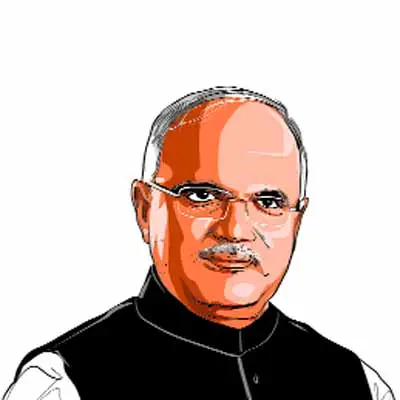Opinion Hindi in the world: In the era of cultural-flattening, India must strengthen its linguistic traditions
In a globalised world, Hindi needs to engage with other foreign languages from Sinhala to Uzbek and Bhutani to Khmer, and build more linguistic bridges, writes Vinay Sahasrabuddhe.
 Languages are vehicles of culture. Language is also a living organism and every language keeps evolving. (Express Illustration)
Languages are vehicles of culture. Language is also a living organism and every language keeps evolving. (Express Illustration) Suva, the capital of Fiji, is hosting the 12th World Hindi Conference between February 15 and 17. According to the Ministry of External Affairs’ officials, India has achieved limited progress at the United Nations regarding Hindi. The UN has now made a provision to provide all the important messages and press releases in Hindi, just as in languages such as Urdu and Bangla. However, the government is making all efforts to ensure a rightful place for Hindi at the UN. Hindi is India’s outreach to the world, especially in places that received Indian indentured labourers during the 19th century.
Though Hindi is not officially the national language of India, it is the strongest link language besides being one of the two official languages. According to the 2011 census, 528 million Indians speak Hindi as against Bengali (97.2 million), Marathi (83 million) Telugu (81 million) and Tamil (69 million) speakers.
In this backdrop, it would be pertinent to appreciate the importance of India’s efforts to make Hindi a UN-recognised language. For any Indian language to go global, the first and foremost need is to recognise and respect all of them. When it comes to politics, many recklessly indulge in linguistic chauvinism. But as observed often, the next-generation family members of such politicians are schooled in English medium. Unlike in France, Germany or Spain, speaking in Hindi or regional languages is considered inferior in India, thanks to the burden of colonialism. Sadly, the ability to converse in English has become a status symbol. For Indian languages to go global, they need to be first respected in their motherland.
Languages are vehicles of culture. Language is also a living organism and every language keeps evolving. No language can continue to grow without accommodating some more meaningful terms from sister languages. However, this should not be seen as licence to accept all kinds of mindless adulterations. Languages that are considered prestigious and powerful have a tendency to encroach on other languages. Without being extremely puritanical, Hindi needs to be saved from the onslaught of English and other Indian languages from English and Hindi. Hindi-speaking people should ensure that the respect and recognition often denied to them by the English-speaking elite, is generously offered to all other Indian languages. Usage is the lifeblood of any language. If we stop using Hindi or any other Indian language for English, their very existence will be under threat.
Here comes the importance of hand-holding between Indian languages. Acclaimed literary works in Indian languages are likely to be translated into English, but not Hindi. For all Indian languages to grow together, quality translations from Indian languages to other Indian and world languages are a must. It is high time we evolve a mechanism for translating award-winning literary works in Indian languages into all UN languages.
The emphasis in New Education Policy on education in the mother tongue is significant in this respect. Engineering and medical education in Hindi is now a reality, thanks to this policy push. If other Indian languages follow suit, they could effectively evolve as languages of the knowledge era. New concepts, new technologies and new knowledge-creation demand new coinages and new terms.
In the pre-independence era, English befriended Hindi. But in a globalised world, Hindi also needs to engage with other foreign languages, especially in the neighbourhood. From Sinhala to Uzbek and Bhutani to Khmer, Hindi and other Indian languages have to build more linguistic bridges. Hindi (and also all those who speak Hindi) has to endear itself, create space for itself and grow naturally.
An individual relates to a language if s/he is able to know or appreciate the ethos around the respective language and it’s ornamental proverbs and sayings. To understand the meaning of “Lady protests too much”, one has to be familiar with Shakespeare and Hamlet. This is true for all languages. Hence, understanding our very own cultural moorings, taking legitimate pride in our history and our heritage is the prerequisite of our efforts for the sustenance of languages.
In that sense, Hindi and other Indian languages have to further strengthen their roots and then expand their horizons. And this needs to be undertaken simultaneously and not one after the other. The path of saving the world from cultural-flattening goes via strengthening our linguistic traditions that are “ever ageing but never old”.
The writer is president, Indian Council for Cultural Relations






